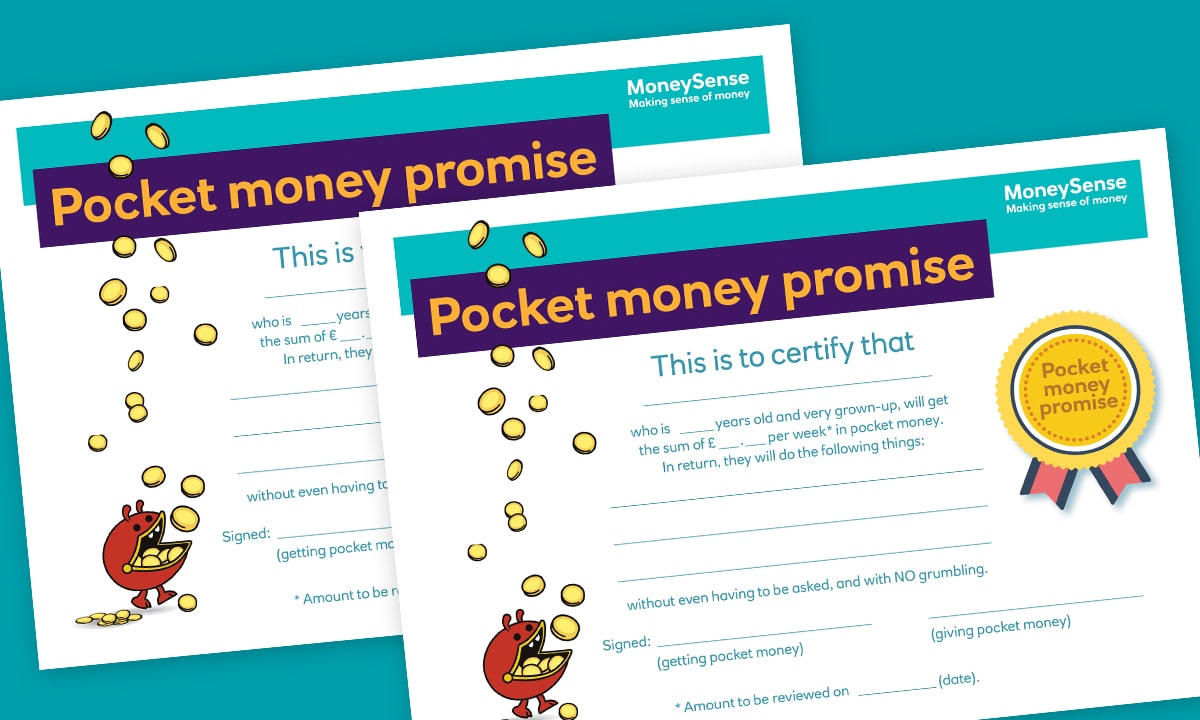Understanding different digital payment methods
The way we use money is evolving, so how can we explain these changes to children in a tangible way and help them navigate the world of digital finance?
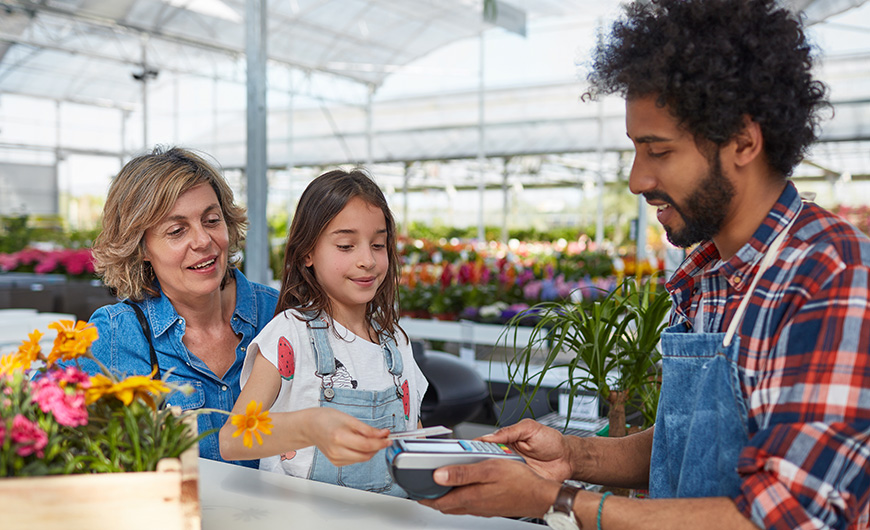
The chances are that when you were growing up any pocket money you received was given in cash and stored safely in a piggy bank until you spent it. You will also have witnessed your parents handling cash every day, buying groceries in the supermarket, tickets on the bus and making withdrawals from the cash point. For a long time, cash was king.
The Covid pandemic had a big impact on the number of people using cash to pay for things. According to Bank of England, cash accounted for 50% of payments in 2018 but that proportion fell to just 17% in 2020. By 2031, UK Finance1 predicts that cash payments will account for 6% of all payments made. With cashless payments fast becoming the norm, how can you ensure your children understand this changing world of finance?
“This is the modern challenge for anyone providing financial education,” says Zoe Renton, Policy Manager for Children and Young People at the Money and Pensions Service (MAPS). “The first things children learn about money relate to coins and cash, so as we shift towards more digital transactions, we have to adjust our approach accordingly – and the best way of teaching children about money is integrating it into their real lives, by discussing daily transactions with them.”
Russell Winnard, the Director of Programmes and Services at Young Money, agrees. “When it comes to understanding the digital financial world from a child’s point of view, I usually ask people to imagine what a supermarket shop looks like to a child,” he says. “You fill your trolley, get to the check out, tap a card and sometimes – if you ask for cash back – get notes handed back to you. What a child observes in that scenario – you apparently being paid to shop – is very different to what is actually happening, which is why it’s so important for us to explain the basic principles and processes of digital money.”
The nature of money
Today, many of the ways in which children play an active role in finances are digital, from tap-and-go payments to in-game purchases and online shopping. However, the way youngsters learn about the world has not changed at the same pace – they still need to see, hear and handle money in order to grasp the concept and its value. Research by UCL’s Institute of Education2 suggests that card payments are already affecting financial literacy: youngsters observed trying to calculate cash transactions struggled both because they weren’t used to coins, but also because they were unfamiliar with the concept of receiving change. “This is why it’s still really important to continue to talk about both physical and digital money,” explains Zoe. “Young children will struggle to understand abstract ideas, so it’s essential we show them that digital money has the same value as cash. Research shows that seeing their parents, guardians and wider family handle real money has a significant impact on children’s development of financial knowledge, skills, attitudes and habits, so it’s essential to find a way of connecting the two.”
Translating this for children
When it comes to how to do that, Zoe says that there are three key parent behaviours that MAPS research has shown to be linked to strong money skills in children:
1. Giving regular pocket money, whatever the amount
2. Setting rules and principles around that money
3. Giving the child the responsibility for their own spending decisions
“These three steps mean that children have the opportunity to make choices about money, and in doing so they can begin to understand the complexities of those choices,” says Zoe.
Even if you don’t agree with the principle of pocket money, or you’re not in a position to give it, there are ways of making this system work. “Ask for your child’s help writing a shopping list, and then take them with you to the supermarket,” she says. “Delegate one or two items for them to source within parameters you set in terms of price, quantity and type. This still gives them the decision-making power and control over that money, helping them get a sense of its value.”
Russell suggests taking this practical exercise a step further. “Allow them to help budget for, choose and buy the ingredients for a meal, and then help you make it. Ask them to check your online account to see what the cost of the shop was and how that has affected your overall balance. Not only does this give them experience in the function of money in the process, but they’ll also start to understand how much it costs to feed your family, and in turn why we differentiate between products and brands,” he says. “We often see older kids having no idea of what living costs are, and that’s all part of a financial education. Children need to have a sense of what is realistic, so they can make more informed decisions, and this helps bring everyday digital transactions to life in the real world.”
Where your child keeps their money is also a key factor in understanding this topic. NatWest Rooster Money research3 shows that as of 2023, 57% of kids regularly receive pocket money. Pocket money can be turned into a learning opportunity, according to Zoe. “Rather than teaching children about digital in isolation, find ways of linking it to the coins and notes in their piggy banks,” she says. “Once they’ve saved up a certain amount, take them to pay it into their bank account, and then encourage them to check their balance to see it arrive in their account”.
“Young children struggle to understand abstract ideas, so it’s essential we show them that digital money has the same value as cash”
The MoneySense perspective
“While the digital financial landscape can be a more confusing one in many ways, it has also brought with it some benefits,” says Zara D’Souza, a MoneySense Volunteer and NatWest Community Banker from South London, who regularly leads MoneySense school workshops in financial education. “There are lots of digital tools out there which give us better access to our own financial information than in the past,” she says. “When I was a child, you had to wait a month before you could see your bank statement, which made it harder to budget and keep tabs on savings. Today, not only can we see our balance on demand, but we can also track our spending in different categories and keep an eye on card transactions in real time – which is especially helpful since card payments can feel less like parting with your money than handing over cash.”
Zara also points out that while physical cash is being used less, it’s still an essential part of youngster’s getting to grips with money. “Making it tangible and visible, and giving children the opportunity to count their pennies, remains an invaluable part of their financial education.”
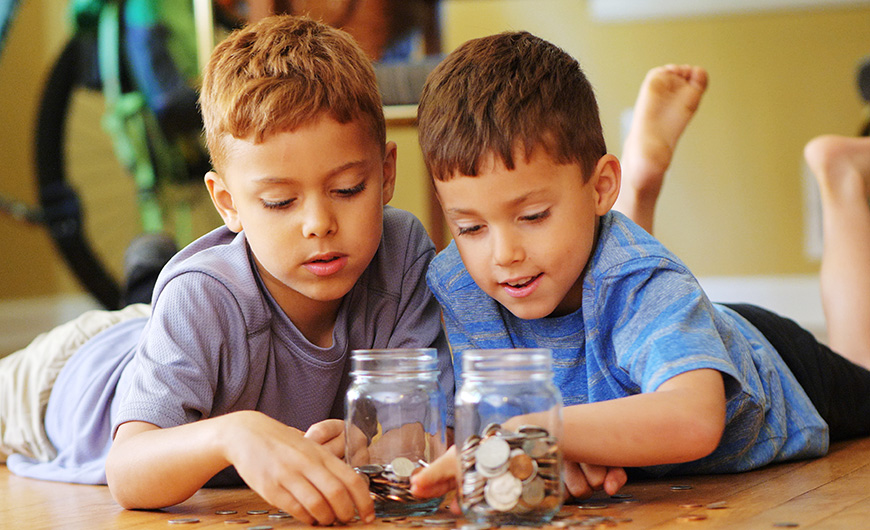
Practical tips for parents
• If you plan on giving your children pocket money, consider giving it to them as a mix of cash and digital transfer. That way they can equate what is in their hand or piggy bank with what’s in their account and have the means to both spend and save.
• Make a point of showing your child your online balance before and after a deposit or withdrawal, so they can see the transaction at both ends as well as the effect it has. Once they have an account of their own, encourage them to do the same each time they use it.
• Take every opportunity you can to talk to your child about money – from withdrawing money from the cashpoint to getting cash-back and making online transactions. Make financial conversations a normal part of everyday family life.
Sources:
1 UK Finance: Contactless Makes Up a Third of All Payments, While Cash Use Falls Again in 2021 (August 2022)
2 UCL Institute of Education: Card payments affecting financial literacy? (May 2019)
3 NatWest Rooster Money: Pocket Money Index (August 2023)

 Articles:
Articles: 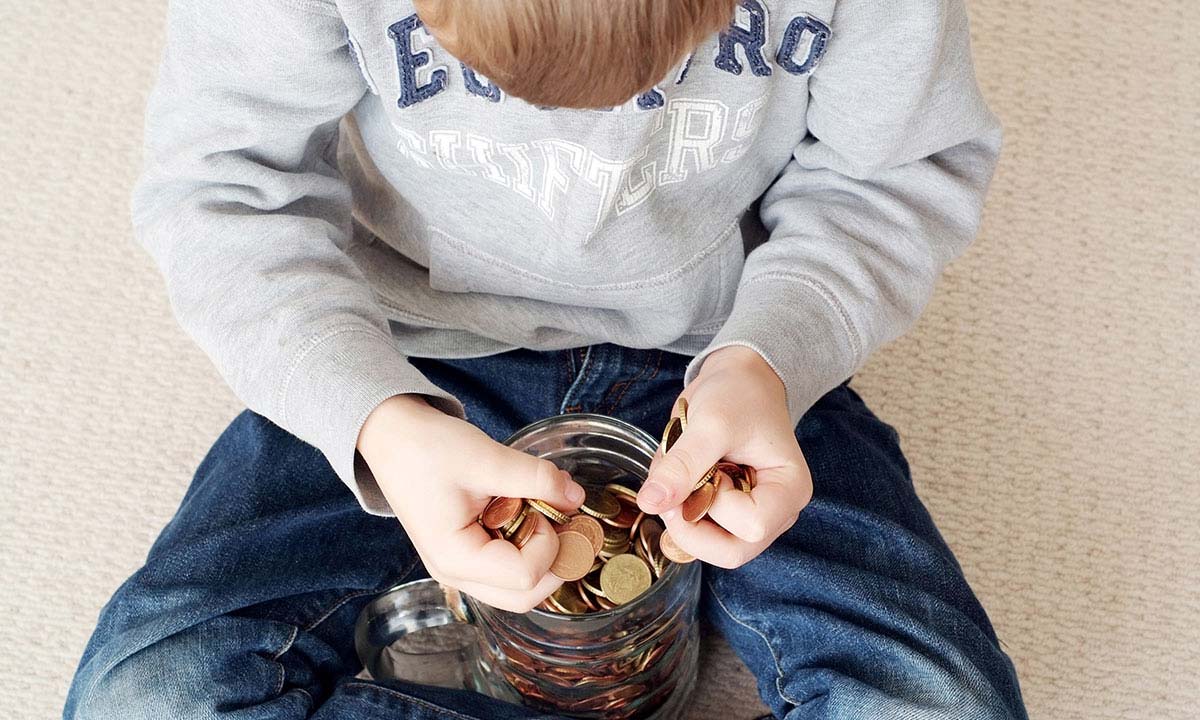
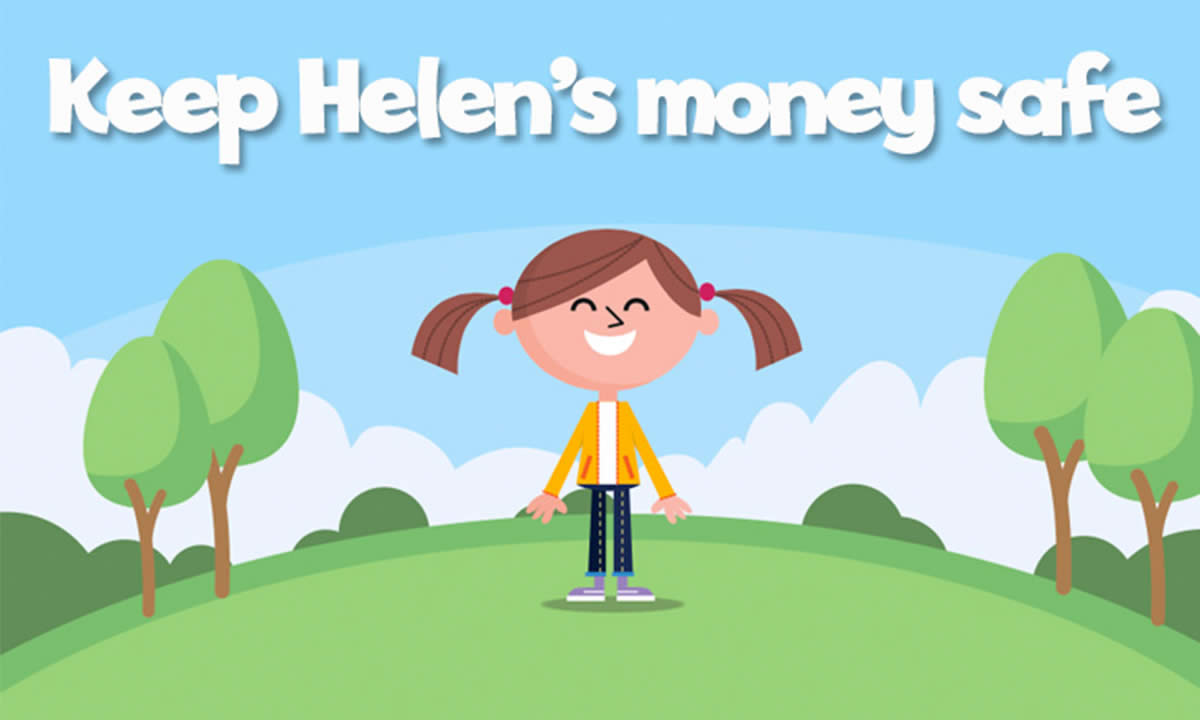
 Interactive activity:
Interactive activity: 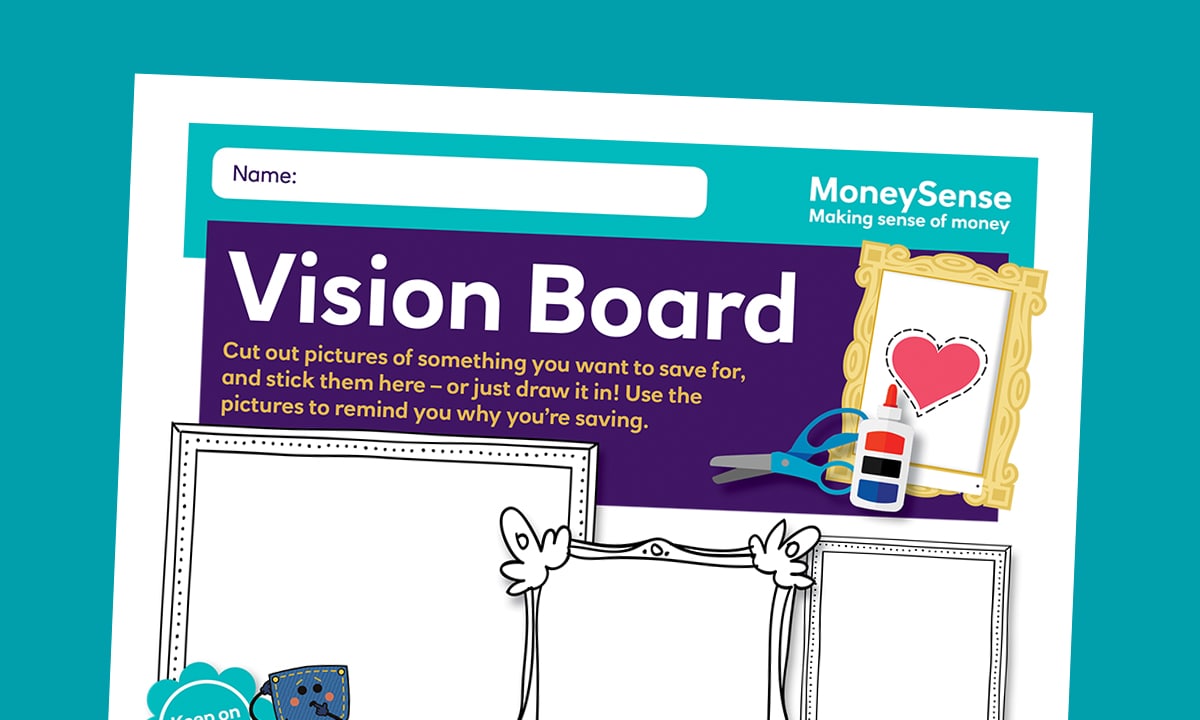
 Poster:
Poster: 